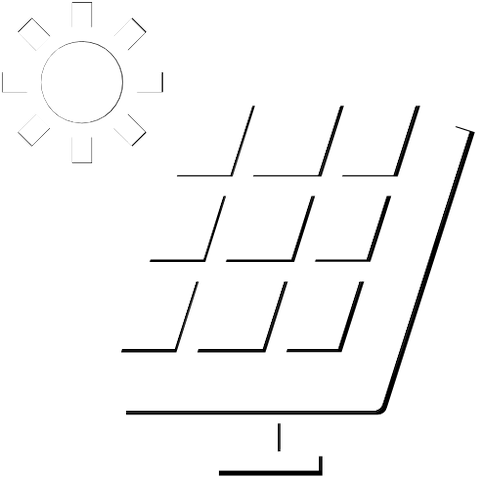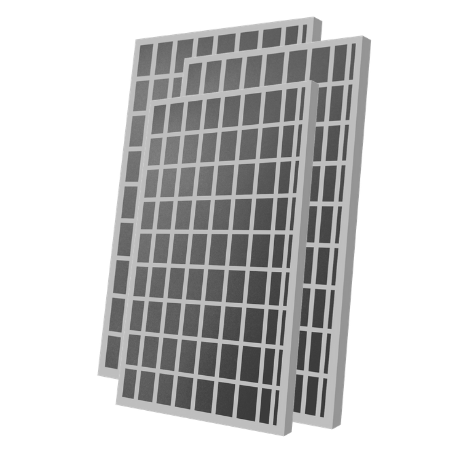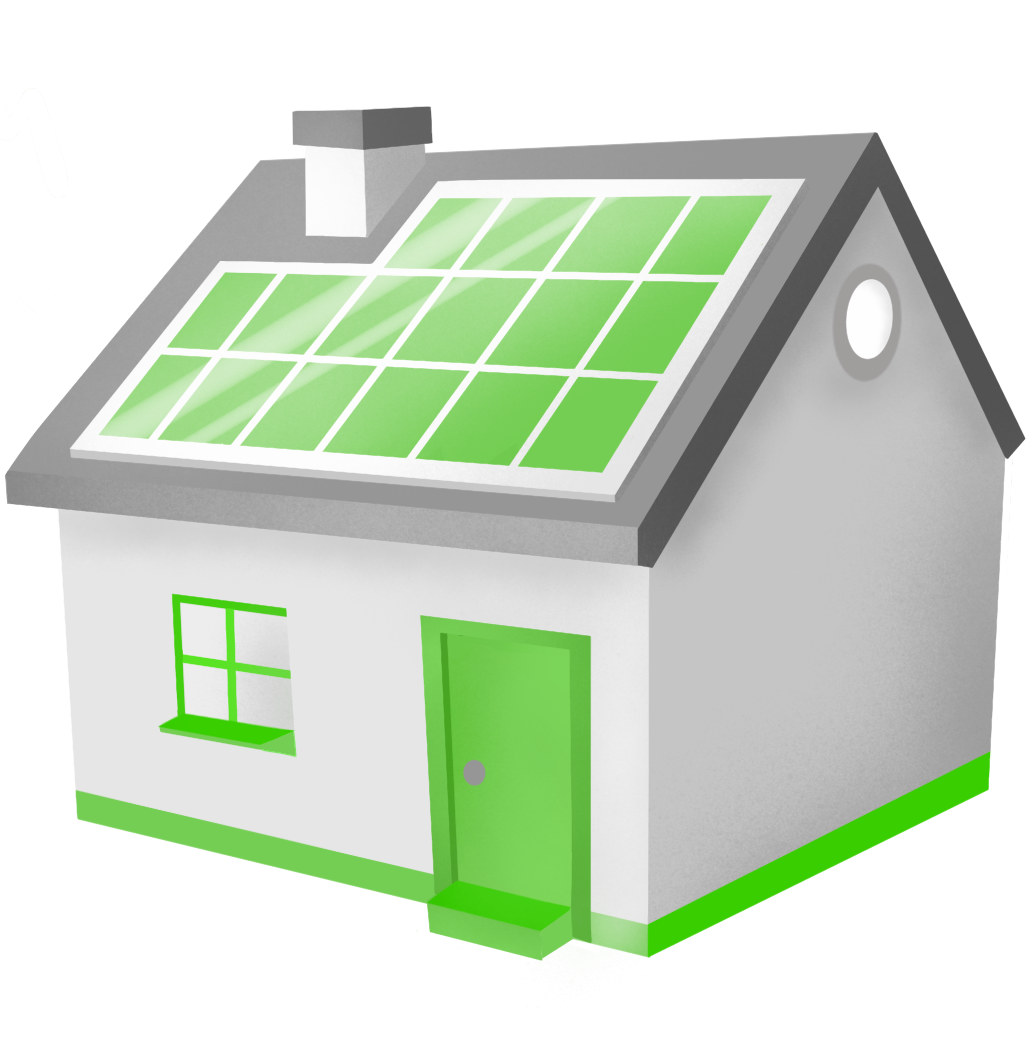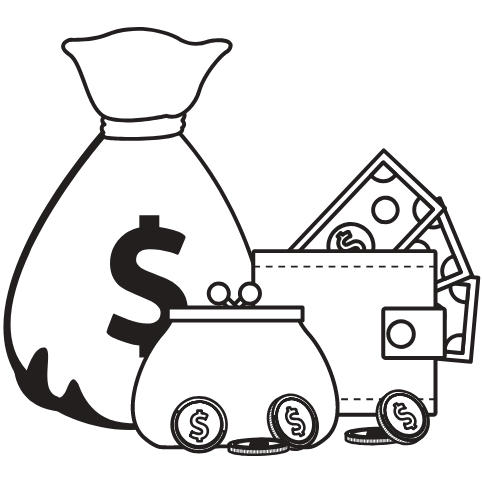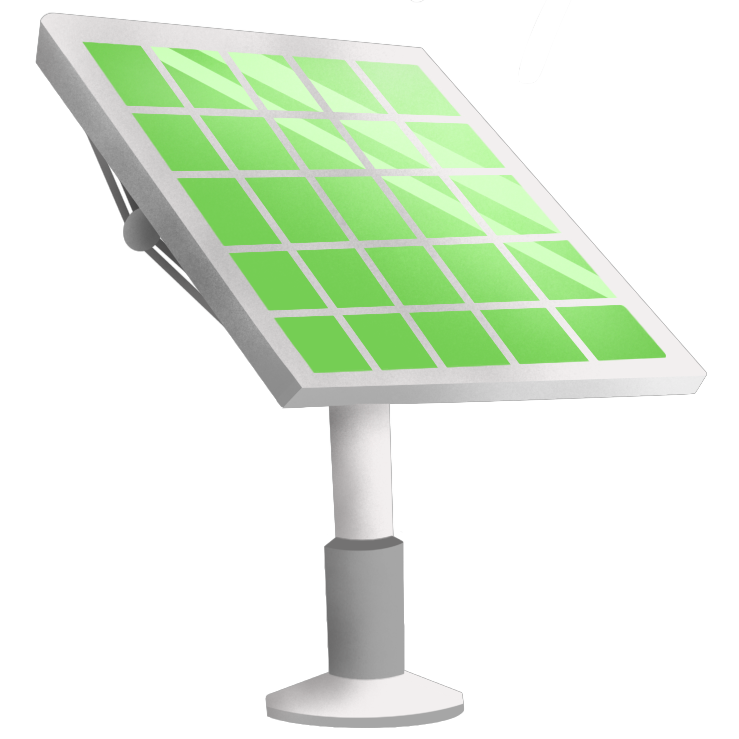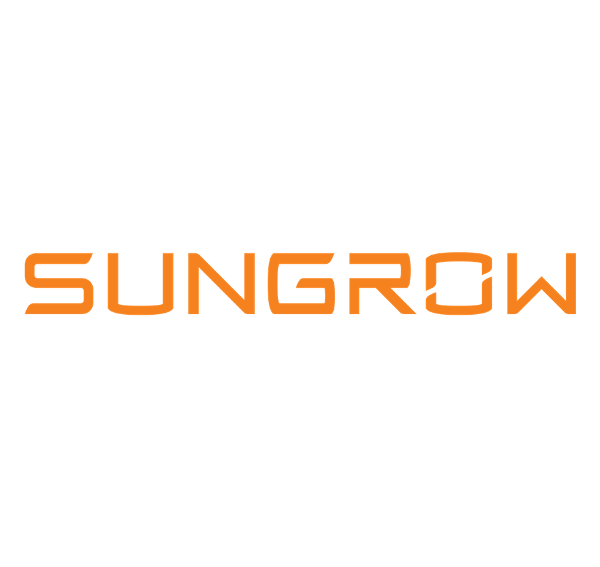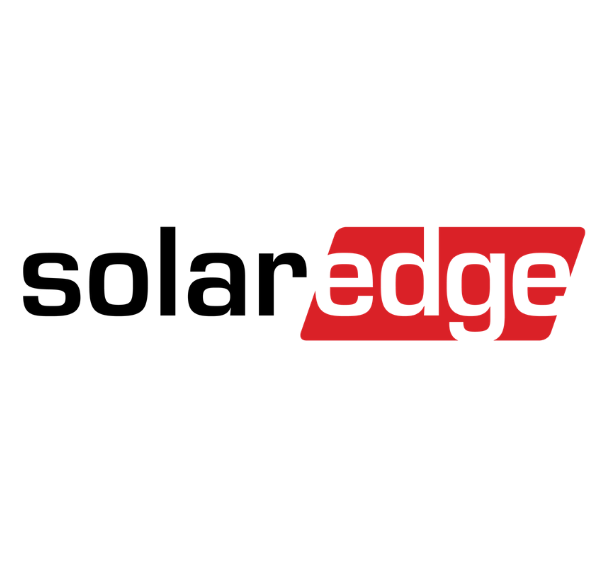In a world that needs us to be more considerate of our environment, it’s important to have a cost-effective solution to consider.
That’s where the solar system comes into play — a system that utilises natural energy to be consumed within your home, with excess being exported back into the grid. With little waste and a lot of benefits (including a great payback rate!), solar power is something to consider carefully.
Check out our Ultimate Guide To Solar below, or click the button to download your free copy of the guide!
How does solar energy work?
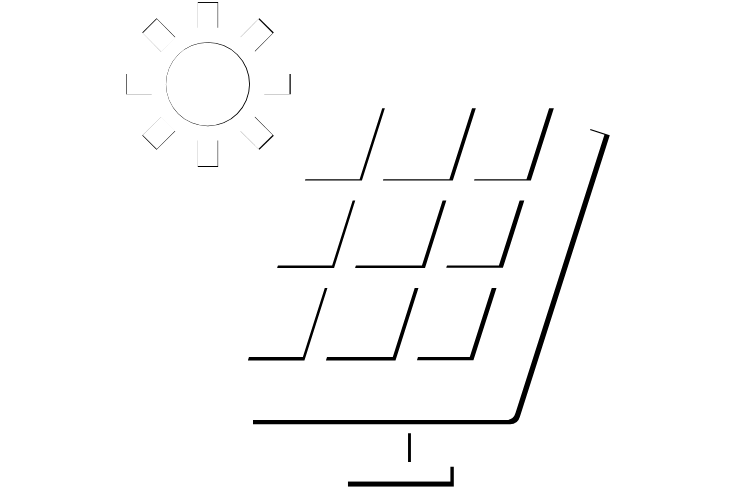
In a nutshell, a solar system works by absorbing sunlight, which makes the electrons start to move around.
The panels capture the sunlight and guide them to start travelling in the same direction in an organised fashion around the circuit — this makes electrical currents!
This energy then travels through the system’s inverter, transforming the energy from a direct current into alternating current (AC) energy, which is then suitable to be used by the average household. The converted energy flows through the home and then is distributed and consumed accordingly.
Solar power is only able to be generated and used throughout the hours of the day when the sun is present. Any additional energy that is generated during this time and is not used by that specific household is then exported back through to the grid, and consumed by other people (which your household earns a feed in tariff from).
Solar energy has many benefits, such as being cost effective with a great return on investment and also being environmentally friendly.
What makes up a solar power system?
Within a solar power system, there are three primary elements that work together to make it function with optimum energy generation.
There are two different types of solar panels that are commonly used in Australia — polycrystalline and monocrystalline. While the more expensive monocrystalline panels have the reputation of providing higher levels of efficiency, technology has come a long way and polycrystalline panels are now a more cost-effective option without losing much efficiency. It’s important to chat to your Esena Energy consultant to weigh up your options between the two materials. However, it mostly comes down to your budget and the overall durability of the panel itself, considering Australian weather can be damaging.
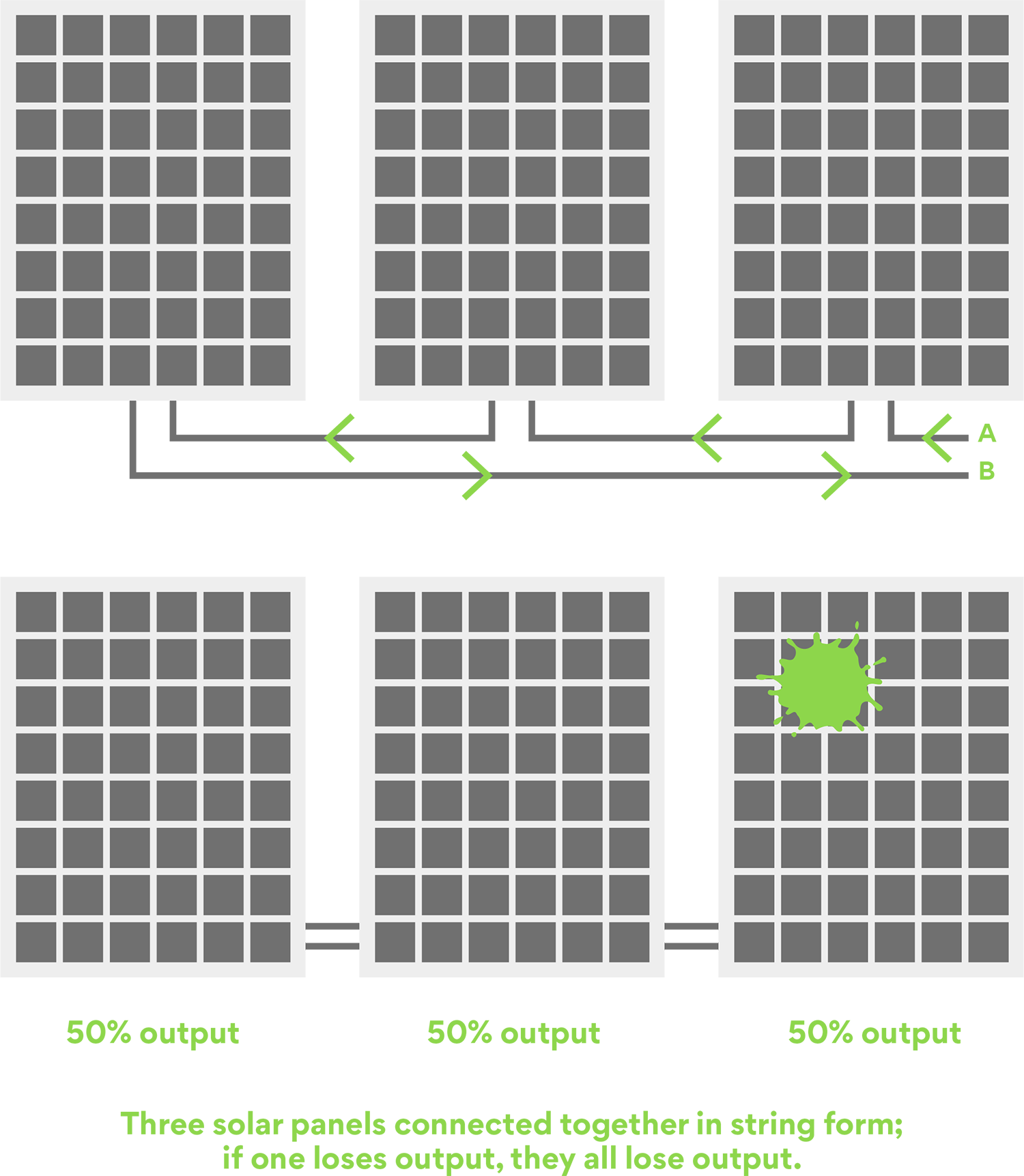
The way that the panels work together once installed is via a connection at the back of the panel that is often called a “string”. “Strings” run between each panel, passing the energy from the first panel through the second panel, and the third panel etc… until it reaches the inverter, ready to be utilised within your home.
One interesting consideration with your panels is that if one panel in the middle is damaged or covered, and is only able to produce 50% of it’s normal output, then all of the energy passing through that particular panel from the other panels on the grid will also be limited to 50% of the normal output. For this reason, it’s important to keep an eye on your output and on your panels to ensure that they are operating at maximum capacity.
When it comes to the positioning of your panels, it’s vital to take into consideration the direction that your roof faces, and the rising and setting of the sun. In Australia, the sun rises in the east and sets in the west, meaning that east-facing solar panels produce the most energy in the morning, and west-facing panels produce most of the energy in the afternoon. However, if your panels are north-facing then the highest point of electricity production will be around midday, also catching some of the rays in both the morning and afternoon.
When positioning your panels, we take into consideration the daily routine of your household. If you work a daily 9–5 job, or if the kids are still at school, then you’ll be using most of your energy in the morning and the afternoon. If your family spends time at home during the day, or if you have appliances that use a lot of energy during the day (for example: a pool filter) then positioning your panels to capture sunlight in the middle of the day will be beneficial.
Of course the layout of your roof may also dictate where your panels are positioned, however, your Esena Energy consultant will design the layout of your system to best suit your needs.
The primary role of the inverter is to convert the DC energy that is captured by the solar panels into the usable AC electricity, which is what powers your home. This part of the system also has the ability
to collect system statistics like voltage and current, track your energy production, and also covers your system for ground fault protection.
There are three different types of inverters that you can choose from, depending on your budget and the recommendations of your Esena Energy consultation. The three different types are:
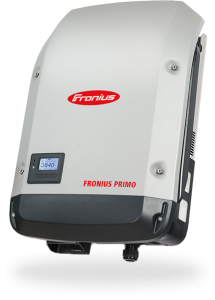
Central/String Inverter
You only need one of these per solar system, and it is roughly the same size as a briefcase. This is the most commonly used type of inverter.
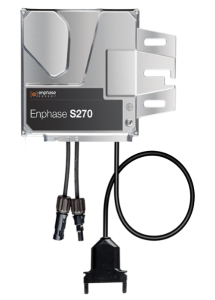
Micro-Inverter
You’ll need one of these per solar panel, and they’re roughly the size of a novel. They work to convert the DC energy produced by each solar panel.

Hybrid Inverter
A hybrid inverter combines the work of a grid-tied inverter and battery inverter. The hybrid inverter increases energy resilience by providing back-up by using a battery storage system.
The inverter is the most active part of your system, and therefore is the most likely to wear out, making it vital to choose a high quality product regardless of your budget. Our range of inverters will always last you well over the 10 year warranty period and likely need replacing either side of 15 years.
It’s also important to note that your inverter is protected from the elements as best as possible, especially in a climate like Australia. Our sun is incredibly hot so where possible shade protection is always recommended.
The racking and the mounting element of your solar system revolves mostly around the safety of your home and of your new solar panels!
It’s important to know that the connecting materials won’t damage your roof or weaken the structure, and also important to ensure that the panels are correctly and securely mounted to withstand all weather.
The solar mounting systems are designed to hold your solar system in place for its lifetime. Our mounting systems are engineered for Australian conditions are proven to last.
What are the different brands of solar panels?
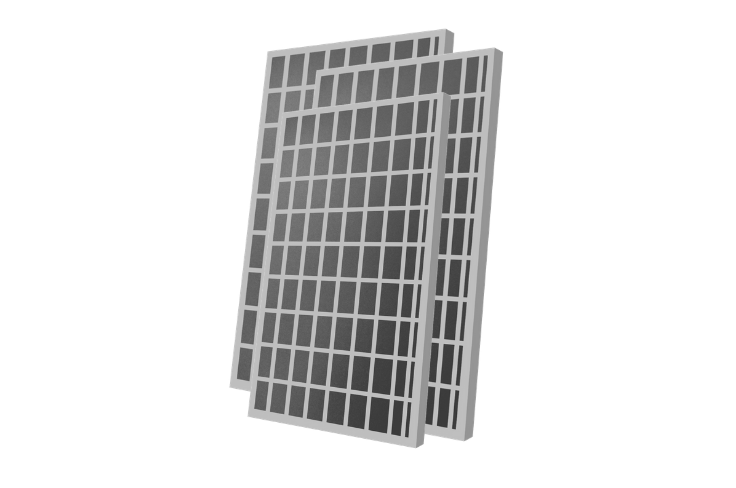
Choosing the most suitable brand for you depends a lot on your budget, and what your overall solar needs are.
There is a huge range of brands to consider, however through years of testing, Esena Energy has a small range of panels which perform to our standards giving you an option for your budget and requirements.
Your Esena Energy consultant will work collaboratively with you to ensure that the right brand is chosen for your home. Ultimately though, it’s important to remember that you get what you pay for!
What to consider before installing solar
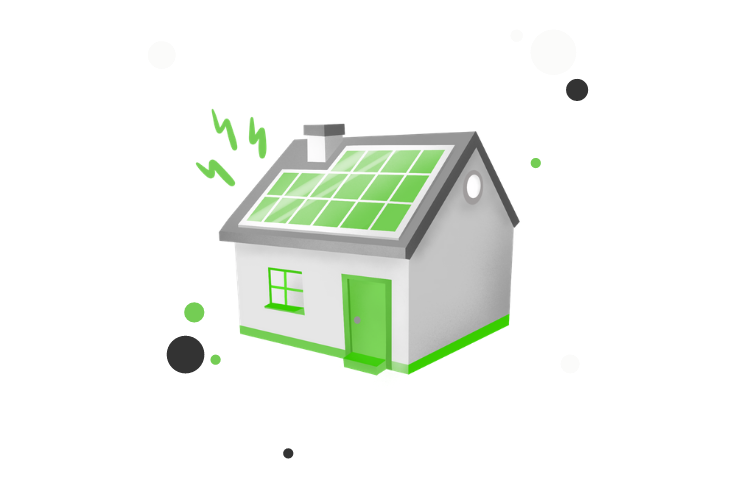
At Esena Energy, we understand that committing to install a solar system in your home (or Business) is a big investment, and it takes some careful consideration to ensure that the final arrangement is perfect for you. When you’re weighing up the pros and cons of the type of system you want to install, there are a few things to take into consideration.
How much electricity do you use in your home, and when do you use it?
Self-consumed solar energy is the most valuable form of energy, with the financial benefits coming in two or three times higher (you buy it at 30c plus) than exported solar electricity (i.e. feed in tariff which you get paid anywhere from 6c to 20c depending on your electricity retailer). In saying that, it’s great to know that you’ll receive a financial return on any excess energy, so having additional panels is certainly not a bad thing, plus if you have a battery (or get one in the future) you’ll have extra to use store and use.
Take the time to measure how much electricity you use each day, and track the times when your home is most active. This is also a great time to make adjustments to ensure your understand how many panels you’ll really benefit from. Set automatic timers on the appliances that you might run outside of daylight hours (washing machines and dishwashers), and make sure timers are set correctly on your pool pumps and hot water systems. Shift as much energy as possible to the daytime, to increase the returns on your solar system. Installing an Emberpulse home energy adviser prior to your solar system will take all the hassle out of working out your load!
Once all of this is done, you’ll be able to accurately measure how much solar energy your household will be able to use, minimising external electricity bills and making the most of your solar energy.
How many panels should I get?
When you first install solar panels, our team at Esena Energy recommends that you install as many panels as you can especially as battery prices continue to reduce in the future.
Realistically, the only limitations to how big your solar power system can be are:
- Budget
- What your roof can properly and safely fit
- The amount your Distributed Network Service Provider allows
It’s significantly more expensive to add additional panels to an existing solar system later if you realise that you require more power for your day-to-day needs. Make sure to consider the different usages in Summer and Winter, so that you’re purchasing the right amount from the get-go.
Why is solar energy the most cost-effective option?
While initially, solar energy was a more expensive solution to global warming and other environmental issues, it’s now becoming a lot more affordable.
Over the past few years there has been a consistent fall in the cost of renewable electricity, including the fees of instalment. Another element making solar energy more cost-effective is that households are now able to make an income from their excess energy.
Experts in the field are predicting that within just a few years, renewable energy will come in much cheaper than traditional fossil fuels.
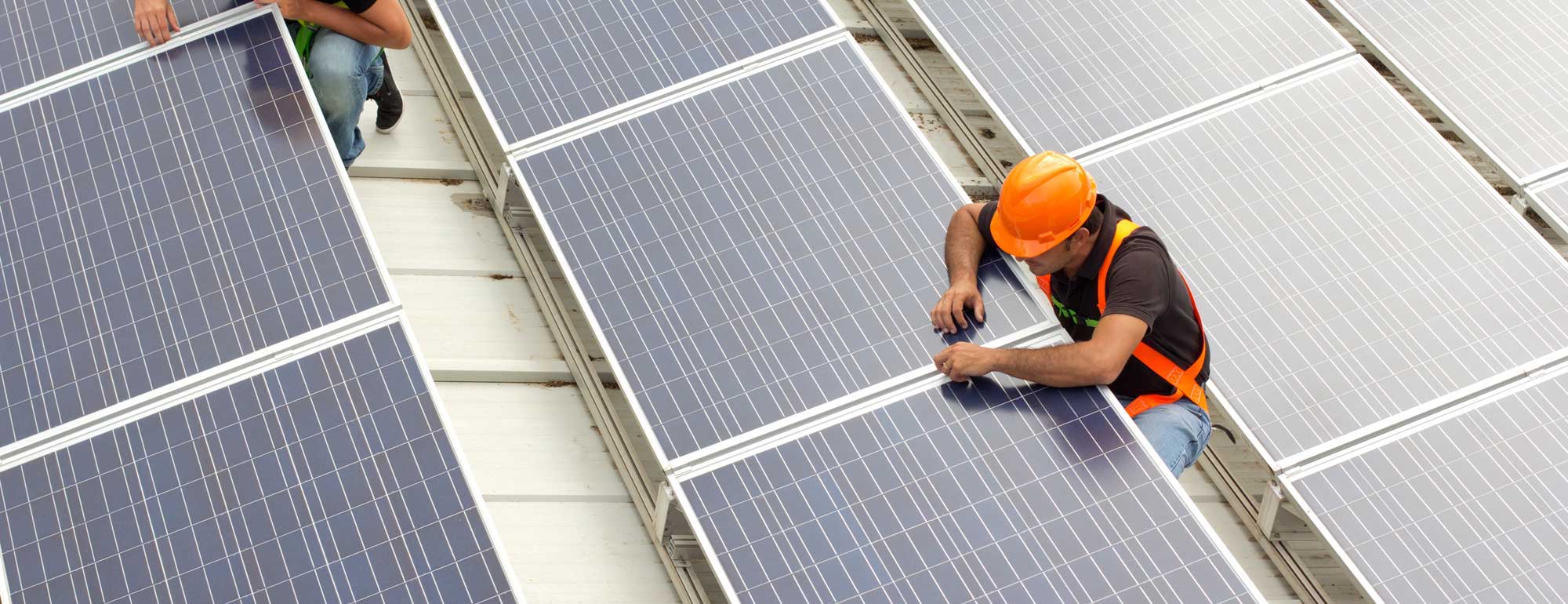
How does solar energy help the environment?

Solar energy helps to improve our environment in so many ways.
Here are six of the main reasons why solar energy is helping our world:
- Solar power systems are all about using natural energy that comes directly from the sun, reducing greenhouse gas emissions and our dependence on fossil fuels — a finite resource that when burned is damaging to the environment.
- Fossil fuels (like natural gas or coal) is burned to make electricity, releasing harmful gases and creating pollution, contributing to global climate change.
- The pollution caused by burning fossil fuels leads to human health issues, which creates a vicious circle of rising health care costs.
- The production of fossil fuels uses up a huge amount of water, by using water to cool machinery, processing fuel, and transporting the final product.
- Fossil fuels also causes water pollution, due to all the harmful gases being emitted into the air which later comes down as “acid rain”.
-
Solar power creates jobs in the clean energy sector, with innovative companies continuing to embrace renewable energy sources.
Government solar incentives (for SA)
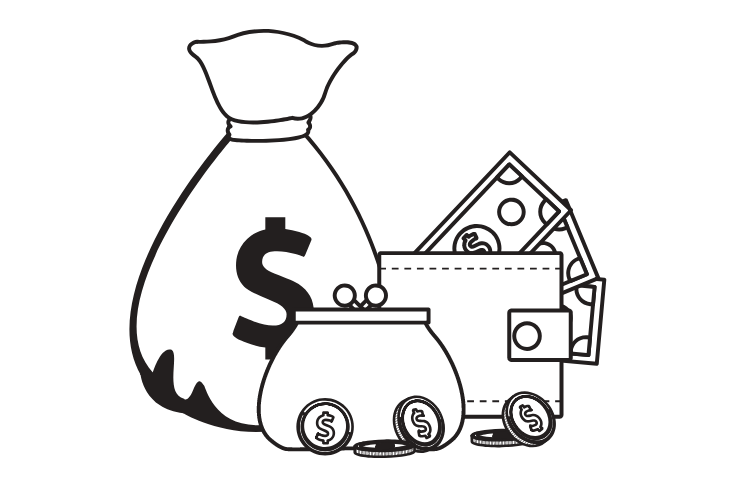
Introduced in 2008, the Australian federal solar incentive scheme is a discount on the cost of a new solar power system installation.
The incentives must be claimed at the time of purchase/installation, and is worth around $650 per kW of installed panels. This scheme is slowly being phased out, reducing each year on the 1st of January. Within 12 years, the phase will be removed completely, which is another reason to get on board with solar energy now.
This offer is open to just about anyone — even households that already have an existing solar power system but are looking to upgrade.
- Your new system must be less than 100kW in size
- The system must be installed by a professional holding a Clean Energy Council accreditation
- The materials that are used are approved by the Clean Energy Council (your Esena Energy consultant can assure you of this)
And here is an interesting tip for you — the incentive is based on the number of solar panels, NOT on the inverter size.
This means that it is very worthwhile to add additional panels, above what the inverter is rated at, as you’ll receive more of a discount.
Plus, you’ll get more power in winter, mornings and evenings, and in many areas it’s easier to get connected to the mains electricity grid with a smaller inverter (while maintaining your panel number). It’s completely safe and approved by regulators, so make sure to ask your Esena Energy consultant about oversizing your panel amount!
What are the costs involved with setting up solar?
The costs involved in setting up a solar system depend on a lot of different factors — accessibility, system size, roof space, or how much electrical work needs to be done to ready your house for solar power. It also depends on what choices you make about the materials going into your system.
The important thing to remember is that while it is tempting to choose a cheaper system to pay upfront, these systems tend to result in additional costs such as repairs or a lower energy output, or a lower lifespan before replacement is needed.
Estimated setup costs:
- 3kW: $3,000 – $4,000
- 5kW: $4,800 – $6,500
- 6kW: $5,800 – $7,500
- 10kW: $9,000 – $12,000
Batteries
Batteries provide opportunity to store excess energy during the day that can be utilised in the evening or low solar gain days.
Battery costs are still quite expensive with a long return on investments. The cost of an average battery can be around $10,000. Based on that cost payback can be anywhere between 8–15 years. Batteries also degrade over time and current estimates can be to 60% of usable power in 10 years. Given time, batteries will improve costs will reduce and the return on investment will shorten. Please note batteries are at this stage only have a warranty of 10 years.
In South Australia there is a battery subsidy of $300 per kWh (up to a maximum amount of $4,000), which has the potential to halve the cost of an installed battery. Have a chat to your Esena Energy consultant to establish whether this would give you a payback of less than 10 years — it might be suitable for you! If you’re not quite there yet then keep batteries in mind as a later addition to your solar power system.
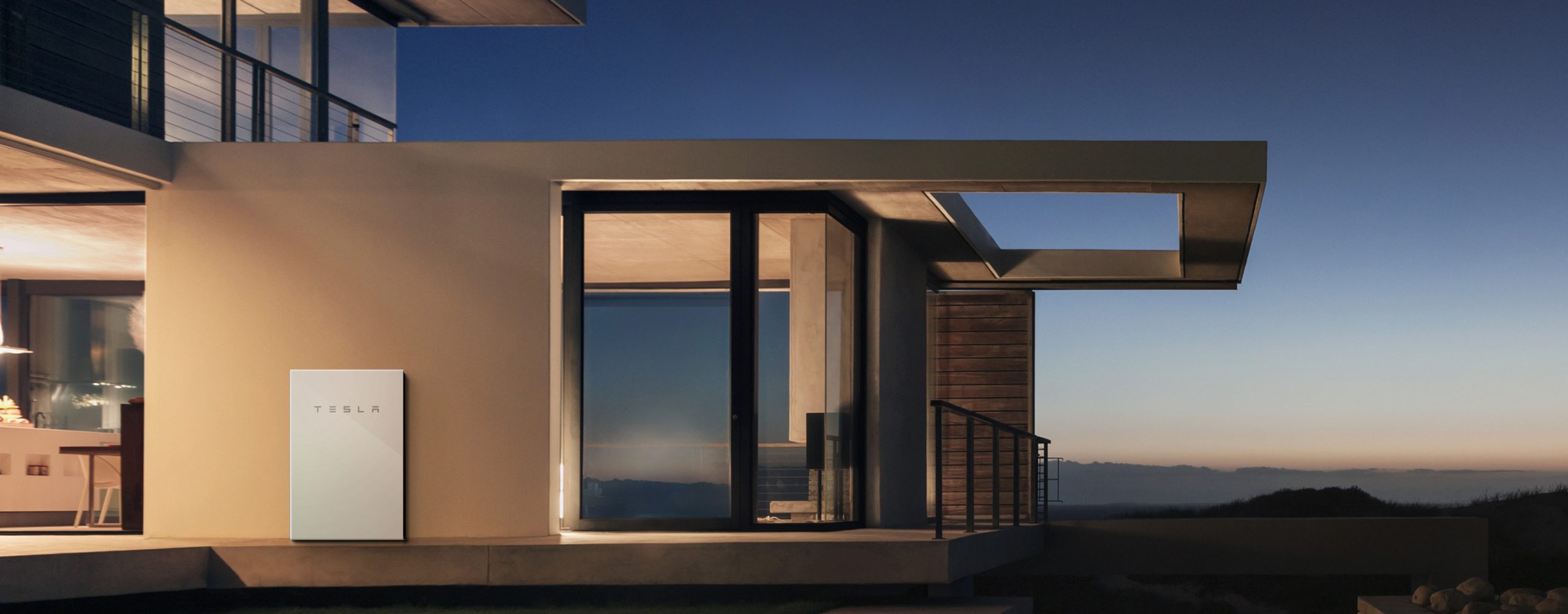
What happens to excess electricity?
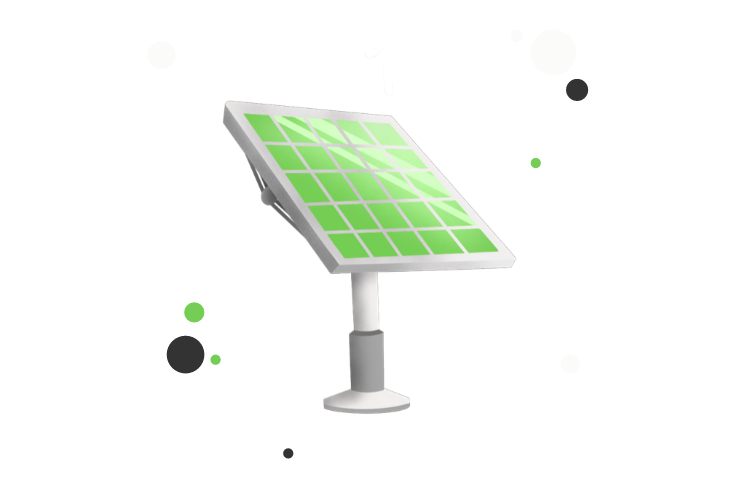
Any excess electricity that your house generates doesn’t go to waste! In fact, that clean energy is redirected to power someone else’s home.
When a solar power system creates more energy than can be used by your home, the electricity is exported back into the grid and then utilised by someone else. The best part is that you are paid a rate called the ‘Feed In Tariff’, which means you’re actually making money from your excess solar electricity.
This rate can vary anywhere between 0c to 20c per kilowatt-hour, depending on your retailer. While its most cost-effective to power as much of your own home with solar energy you’re producing, it’s still beneficial to receive a rate in return for your unused power.
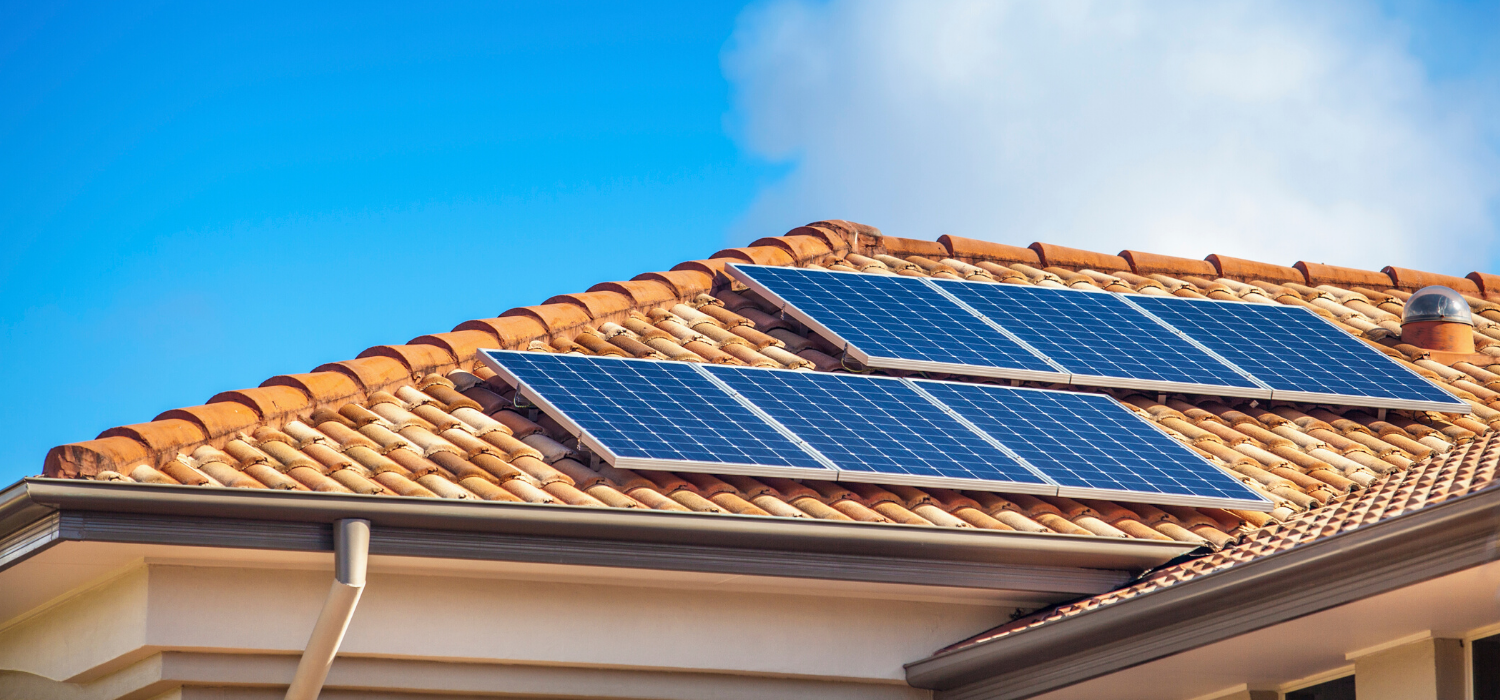
Frequently asked questions

How many solar panels are needed to run a house?
The amount of solar panels you need to run your household entirely off of solar energy depends on your lifestyle, and how many people are living there. Esena Energy consultants will work with you to measure your needs, and come up with a suitable solar power system for your home.
Can I get solar panels for free?
Solar panels aren’t free, however the Federal Solar Incentive scheme helps to make them much more affordable by reducing the cost per panel. Check out the “Government solar incentives (For SA)” section for more information.
Can you buy and install your own solar panels?
There are rules and regulations covering installation of solar panels and we would only recommend an authorised CEC Installer and Retailer be used. This will also allow access to Government Solar Incentives.
Do solar panels still work when it’s cloudy?
Solar panels are still able to generate electricity when it’s cloudy and rainy — the amount will be lower than a clear, sunny day!
How long does it take to make your money back?
If a solar system is designed and installed correctly, you should see a payback within 2.5–6 years. This all depends on how much electricity you use and how big your system is of course, however the good news is that your consultant from Esena Energy can analyse your system and provide you with an estimated payback period — both the best case scenario, and the worst case scenario, so you are equally as prepared!
Once you’ve paid off your system, you should have roughly 20 more years of free electricity to collect from your solar energy system!
Can you get a warranty for your system?
Generally panels are warrantied for a 25 Year Performance Warranty and anywhere between 10–25 years on product. Please note these are 2 different warranties, one being product and other being performance.
To be eligible for Government incentives all panels must warranty their performance over 25 years. Generally Installation workmanship is warrantied between 2–5 years.
Ready to install solar?
At Esena Energy, we have helped thousands of homes and businesses make the switch to solar and saying goodbye to energy bills.
We guarantee you that once you install solar, you will wonder why you didn’t make the switch sooner!

